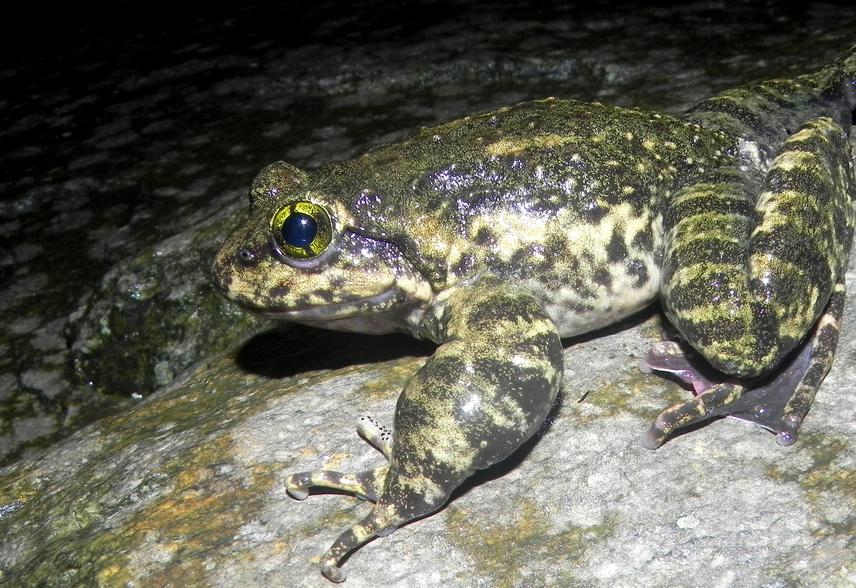Jayanta Kumar Roy
This project will measure the effect of forest management practices on amphibians to ensure informed conservation planning by decision makers and educate indigenous Idu-Mishmi children about safeguarding ecosystems for sustainability.

Nanorana (Paa) chayuensis, new state record, Arunachal Pradesh.
Dibang Valley, at the base of Eastern Himalayas in Arunachal Pradesh offer varied Tropical to alpine habitats for amphibians and it is poorly explored. Alarming habitat loss and proposed land-use change for human development the area many amphibian species may extirpate soon. Amphibians which are good indicators species (Simon et al., 2011) to the changes in the whole ecosystem because they are sensitive to changes in the aquatic and terrestrial environments and sensitive to environmental stress (Vitt et al., 1990; Wake 1991). But without any proper information on amphibian distribution from Dibang Valley, it will be tough to determine the relation between amphibian occurrence to any environmental stress. Since the area has faced serious threats of logging and cash crop cultivation and proposed dams, this project is very essential to take initiative measures to conserve amphibian habitat loss. This proposed project is aimed to collect baseline information on amphibian distribution extensively from Lower Dibang Valley area and estimate the effect of forest loss with amphibian occurrence. This project also aims at creating awareness among students towards amphibian conservation to ensure no extinction of amphibians in the valley.
This will be the first of this kind studying the effect of forest loss and habitat change by taking amphibian as indicator species towards ecosystem health in the Valley. The result of this study will certainly make an impact on future decision making as there is no data available on this important group of animals from this valley as well as in the nearby valleys in the state.